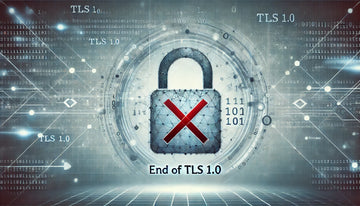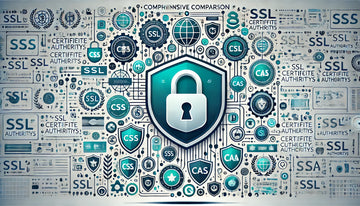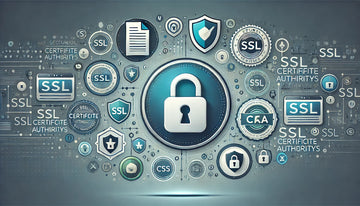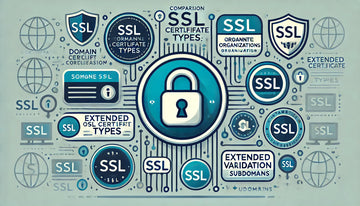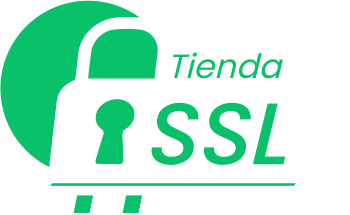Social media has become an integral part of modern digital life. Millions of people around the world use platforms such as Facebook, Twitter, Instagram and LinkedIn to connect with friends, family, colleagues and businesses. However, this growing reliance on social media has also increased the importance of online security. One of the fundamental tools for ensuring social media security is the SSL (Secure Sockets Layer) protocol. In this article, we will examine how social networks are improving security with SSL and how users can benefit from these protection measures.
The Importance of Social Security
Social media is platforms on which users share a lot of personal information, from photographs to contact details and location. This information is valuable for both users and cybercriminals. Therefore, ensuring social media security is essential for the following reasons:
- Personal Data Protection: Users share personal data on their profiles, including names, email addresses, dates of birth and more. Online security is essential to protect this information from unauthorized access.
- Prevention of Identity Theft: Social media profiles often contain enough information for cybercriminals to attempt identity theft. SSL helps protect communication between the user and the platform, reducing the risk that the data will be intercepted.
- Transaction Security: Some social networks allow transactions, such as the purchase of advertising or products. SSL ensures that these transactions are secure and that financial information is protected.
How SSL Works on Social Media
SSL, or Secure Sockets Layer, is a security protocol that encrypts communication between the user's browser and the social network server. This is achieved through the following steps:
- Data Encryption: When a user logs into a social network or shares information, SSL encrypts the data before sending it. This means that the information travels in the form of unreadable code, making it difficult for cybercriminals to intercept and decimant.
- Server Authentication: SSL verifies the authenticity of the server to which the user is connecting. This prevents users from being victims of identity implantation attacks, where cybercriminals pose on the platform.
- Data Integrity: SSL ensures that the data transmitted between the user and the social network are not modified or altered during the transfer. If someone tries to modify the information, it will be detected as a security threat.
SSL Benefits on Social Networks for Users
- Protection of Personal Data: SSL ensures that users' personal data, such as names, email addresses and passwords, are protected against unauthorized interception and access.
- Authentication Security: Users can log in with confidence in their social media accounts, knowing that authentication is secure and that their credentials are protected.
- Secure Transactions: If social networks allow transactions, such as advertising purchases or products, SSL ensures that these transactions are secure and that financial data are protected.
- Trust in the Platform: The use of SSL indicates that the platform cares about the safety of its users, which fosters confidence in the social media community.
- Phishing Prevention: SSL helps prevent phishing attacks, where cybercriminals try to trick users into disclosing confidential information.
Examples of Social Networks Using SSL
Most major social networks use SSL to ensure the safety of their users. Here are a few examples:
- Facebook: Facebook uses SSL to protect communication between users and the platform, ensuring that personal data is secure.
- Twitter: Twitter implements SSL to encrypt login information and protect users' privacy.
- LinkedIn: LinkedIn uses SSL to ensure the security of connections between professionals and protects information from profiles.
- Instagram: Facebook-owned Instagram also deploys SSL to ensure the security of photos and data shared by users.
How Users Can Verify SSL Security on Social Media
Users can check if a social network is using SSL in several ways:
- Safe URL: When you visit a secure social network, the URL in your browser should start with "https://-- instead of .http://. The padlock in the address bar also indicates a secure connection.
- SSL Certificate: You can click on the lock or security icon in the address bar to view the SSL certificate. This allows you to verify the authenticity of the certificate and the validity of the secure connection.
- Third Party Verification: Some browsers show additional visual indicators to indicate a secure connection. For example, Google Chrome displays a green lock and the word "Safe" on secure connections.
Conclusion
SSL plays a crucial role in improving social media security. It ensures that users' personal data is protected and that communication is secure. Users can benefit from a safer online experience by using social networks that implement SSL. Trust in the security of social media platforms is essential to encourage online participation and interaction. In an increasingly interconnected digital world, SSL is an essential tool for safeguarding privacy and security on social media.








